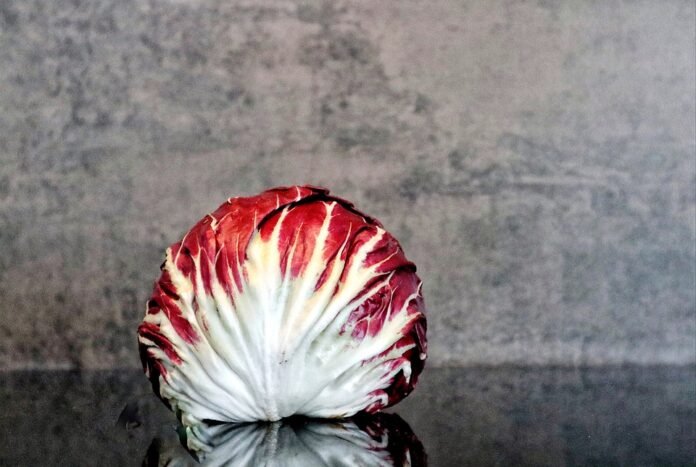Of course! Here is an article about the Blue Zone Diet.
The Blue Zone Diet: Eat Like the World’s Longest-Living People
What if the secret to a long, healthy life wasn’t found in a high-tech lab or a new-age supplement, but in the simple, time-honored traditions of the world’s healthiest communities? This is the question that sent explorer and author Dan Buettner on a global quest to uncover the lifestyles of people who not only live past 100 but do so with vigor and vitality. He identified five unique regions, which he named the “Blue Zones.”
These places—Okinawa, Japan; Sardinia, Italy; Nicoya, Costa Rica; Ikaria, Greece; and Loma Linda, California—are home to the highest concentrations of centenarians on the planet. While each has its own distinct culture, their dietary patterns share a remarkable set of common principles. This framework, known as the Blue Zone Diet, isn’t a restrictive, short-term plan but a sustainable, lifelong approach to eating that prioritizes health, community, and pleasure.
So, how can you eat like the world’s longest-living people? Here are the core principles.
1. Go Heavy on the Plants (The 95% Rule)
The single most important takeaway from the Blue Zones is this: their diets are overwhelmingly plant-based. About 95% of their food intake comes from vegetables, fruits, grains, and legumes. Meat is eaten sparingly, more as a celebratory food than a daily staple—on average, just five times a month in small, 3-4 ounce portions.
What to eat: A rainbow of vegetables, especially leafy greens like spinach, kale, and chard. Enjoy seasonal fruits, and make whole foods the foundation of every meal.
2. Make Beans the Cornerstone of Your Diet
If you were to choose one food to represent the Blue Zones, it would be the humble bean. Centenarians in all five zones eat at least half a cup of cooked beans daily. Fava beans, black beans, soybeans, lentils, and chickpeas are all nutritional powerhouses, packed with fiber, protein, and complex carbohydrates. They are inexpensive, versatile, and provide a slow, steady release of energy.
3. Rethink Your Grains
Forget the processed white bread. Blue Zone residents eat whole grains. This could be stone-ground sourdough in Sardinia, corn tortillas in Nicoya, or brown rice in Okinawa. Whole grains retain their fiber and nutrients, which aids digestion and helps prevent blood sugar spikes. Look for 100% whole wheat, oats, barley, and quinoa. Sourdough is a particularly good choice, as the fermentation process breaks down gluten and makes nutrients more available.
4. Snack on Nuts and Seeds
A handful of nuts each day is a common habit across the Blue Zones. Almonds, pistachios, walnuts, and pecans are rich in healthy fats, fiber, and protein. Studies have shown that regular nut-eaters have lower rates of heart disease and tend to live longer. Two handfuls a day is the recommended serving.
5. Slash Sugar and Ditch Processed Foods
The people in Blue Zones don’t eat candy bars, sugary sodas, or processed snacks. Their intake of added sugar is about a fifth of what the average person consumes today. They get their sweetness from natural sources like fruit and honey. The rule is simple: if it comes in a box or a bag with a long list of ingredients you can’t pronounce, it’s not Blue Zone food.
6. It’s Not Just What You Eat, But How
The Blue Zone lifestyle extends beyond the grocery list. Their eating habits and mindset are just as crucial.
- The 80% Rule: The Okinawans have a 2,500-year-old mantra they say before meals: Hara hachi bu, which reminds them to stop eating when their stomachs are 80% full. This small gap between not being hungry and feeling full can be the difference between gaining weight and maintaining a healthy one.
- Eat Your Smallest Meal in the Evening: Most people in the Blue Zones follow the “breakfast like a king, lunch like a prince, and dinner like a pauper” philosophy. A light, early dinner allows the body to focus on repair during sleep rather than digestion.
- Drink Water, Tea, and a Little Wine: Hydration is key. Most Blue Zone residents drink plenty of water. Many also enjoy herbal teas. And in four of the five zones (excluding the Adventists in Loma Linda), people drink wine moderately and regularly. That means one to two small glasses per day, preferably red wine, enjoyed with friends or a meal. This isn’t an excuse to start drinking, but it highlights the benefits of moderate consumption in a social context.
Bringing the Blue Zones to Your Kitchen
Adopting the Blue Zone diet doesn’t require a radical overhaul overnight. Start with small, simple changes:
- Try Meatless Mondays: Dedicate one day a week to plant-based meals.
- Make Beans Your Best Friend: Add beans to soups, salads, and stews.
- Switch to Sourdough: Swap your regular bread for whole-grain sourdough.
- Eat with Family and Friends: Turn off the TV and connect with loved ones over a meal.
The true lesson from the Blue Zones is that food is more than just fuel—it’s medicine, it’s community, and it’s a source of joy. By embracing these time-tested principles, you’re not just changing your diet; you’re adopting a recipe for a longer, healthier, and happier life.

